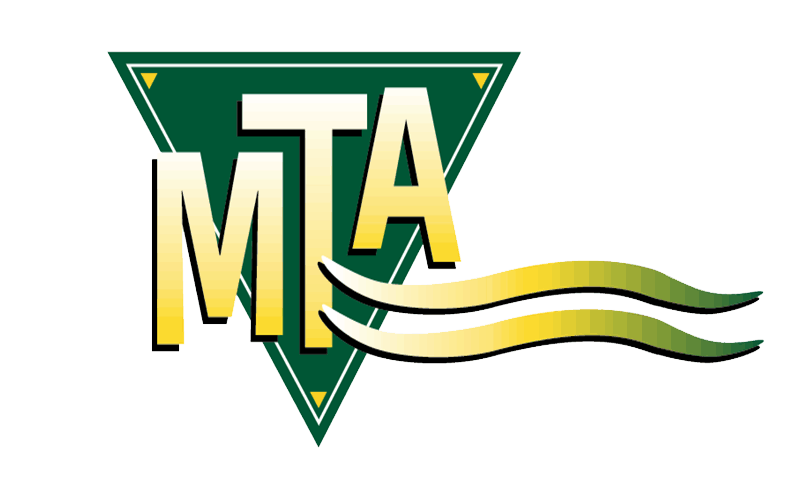Section 5.1.13.1.1 NFPA99 2018
These gases are primarily used for powering equipment used in patient care procedures. Powering of pneumatic booms, boom brakes, pendants, drive surgical tools, sterilizer doors, and SPD drying carts and cabinets. The use of Nitrogen and Instrument Air within the hospital keeps expanding, and along with that, the pressure (PSIG) requirements needed for the uses are changing the pressure requirements.
What was once required to have a Min. pressure of 200 PSIG before the 2018 Code is 50 to 160 PSIG or a gauge pressure adequate for its intended use. Boom brakes need 80 PSIG, blow guns 100 PSIG, and Endo Drying Cabinets need between 65 and 140 PSIG.
Definitions between multiple codes and publications have resulted in significant confusion, particularly regarding air designated for use in CSP or the endoscopy department. Instrument Air is suitable for these applications, but as a Medical Support Gas must meet all NFPA 99 requirements and can therefore be very costly.
Class 0 Air, also called Clean Equipment Air, Tool Air, or other names, is a new category explicitly intended to meet the need for instrument-quality air without full compliance with the NFPA 99. Within this category, the equipment can be matched precisely to the application.
Class 0 Air, named in terms of oil content as defined by ISO 8573-1:2001 Part 1, is the perfect match for almost any non-medical compressed air application. These systems frequently deliver clean air to blow guns in CSP, cart washers, sterilizers, and scope drying cabinets such as the STERIS Reliance™ or Cantel/Medivators ENDODRY™. Class 0 Air-enclosed scroll compressors have small footprints and run quietly.
Don’t hesitate to contact your MTA Facilities Representative with any questions or concerns you may have about your source equipment.




